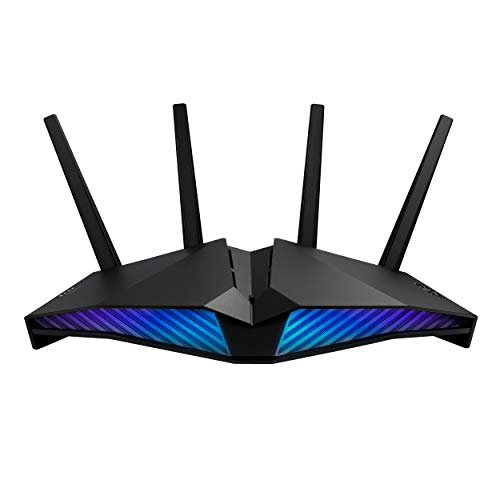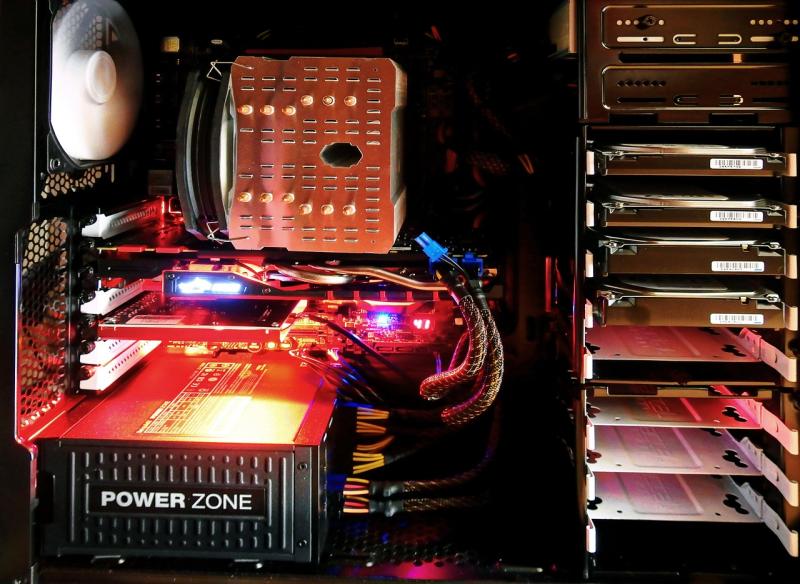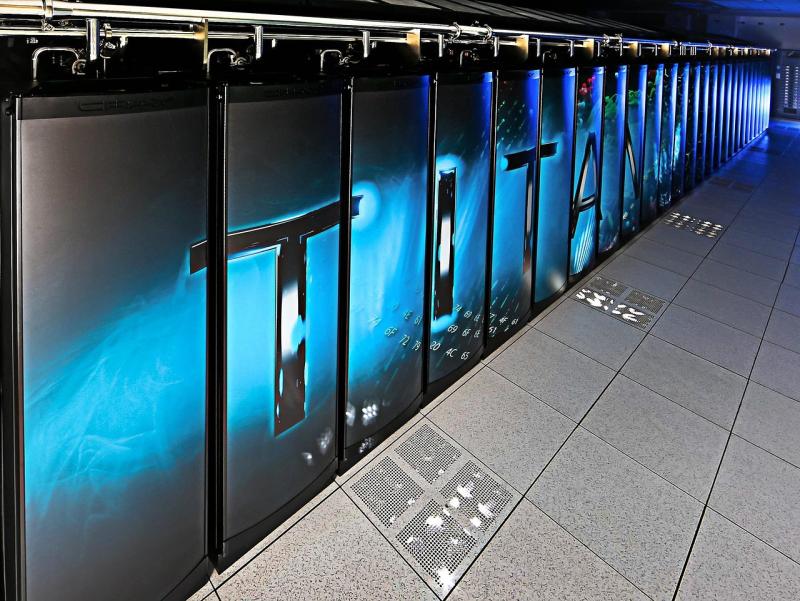Efficient network file sharing is crucial for seamless collaboration and data management in high‑performance environments. Optimizing file sharing protocols and network configurations can significantly reduce access times and enhance productivity across multiple devices.
- Utilize fast networking hardware and configure dedicated file servers or NAS devices for centralized storage.
- Implement robust protocols like SMB or NFS and fine‑tune settings such as buffer sizes and connection timeouts to maximize data throughput.
- Secure file sharing with encryption and access control, ensuring that only authorized users can access sensitive information.
- Regularly monitor network performance and conduct benchmarking to identify and address potential bottlenecks.
Optimizing network file sharing creates a highly responsive environment that supports rapid data access and efficient collaboration. With strategic hardware selection and protocol configuration, you can build an integrated sharing system that meets the demands of modern high‑performance workflows.
Mastering Network File Sharing: Speed, Security & High-Performance Collaboration
Introduction
Efficient network file sharing underpins collaboration and data management in high-performance environments. Whether you’re a creative team moving large media assets, a software firm deploying builds across dozens of machines, or an enterprise handling terabytes of data, optimizing SMB or NFS protocols—and the underlying network—drastically reduces access times and supercharges productivity.
Why Optimized File Sharing Matters
- Rapid Data Access: Slow file retrieval stalls workflows. High-throughput file sharing ensures apps and users never wait for data.
- Centralized Management: A dedicated file server or NAS device simplifies backups, version control, and storage expansion.
- Scalable Performance: Well-tuned protocols and hardware scale from small workgroups to large clusters with consistent speed.
- Collaborative Efficiency: Instant file synchronization means teams stay in lockstep, reducing version conflicts and rework.
Selecting the Right Hardware: File Servers & NAS
- Dedicated File Servers
- High-end components: multi-core CPUs, ECC memory, and RAID storage arrays boost reliability and throughput.
- 10 GbE network cards provide low-latency, high-bandwidth connectivity.
- Network Attached Storage (NAS)
- Turnkey solutions (Synology, QNAP) deliver integrated OS and RAID management.
- Models with multiple drive bays support hot-swapping and expansion cards (10 GbE, SSD caching).
Tip: Pair SSD caching modules with spinning disks to balance cost and performance for mixed read/write workloads.
Protocol Deep Dive: SMB vs. NFS
| Feature | SMB | NFS |
|---|---|---|
| Platform Support | Windows, macOS, Linux (via Samba) | Linux/Unix, Windows (via client) |
| Authentication | Kerberos, NTLM | Kerberos (NFSv4), AUTH_SYS (NFSv3) |
| File Locking | Native share-level locking | Native POSIX file locking |
| Performance | Optimized for Windows environments | Often faster on Linux/Unix systems |
SMB (Server Message Block) is standard on Windows; SMB3 introduces encryption, multichannel, and RDMA support. NFS (Network File System) is built for Unix-like systems; NFSv4 adds strong security, stateful protocol enhancements, and improved locking.
Tuning Protocol Settings for Maximum Throughput
- Adjust Buffer Sizes
- Increase
rsizeandwsizeparameters (e.g., to 1 MB) to reduce round trips.
- Increase
- Enable Multichannel / RDMA
- SMB3 multichannel uses multiple NICs in parallel; RDMA offloads CPU.
- Optimize Timeouts & Retries
- Tweak
timeo,softorhardmount options in NFS to balance reliability and speed.
- Tweak
- Leverage Caching
- Use client-side inode and directory caching to cut network calls.
- Implement SSD caching on your NAS to accelerate hot data.
Securing Your Network Shares
- Encryption In-Transit: SMB3 and NFSv4 both support on-the-wire encryption to guard against snooping.
- Access Control: Windows ACLs on SMB shares; POSIX permissions combined with Kerberos on NFS.
- Network Segmentation: Place file servers on dedicated VLANs with firewall rules limiting access.
- Audit & Logging: Enable detailed logs to track file access, failed attempts, and potential intrusions.
Monitoring & Benchmarking Network Performance
- iPerf / iPerf3: Measures raw network bandwidth between clients and servers.
- fio (Flexible I/O Tester): Simulates file-level workloads—sequential and random reads/writes.
- Performance Dashboards: Tools like Grafana + Prometheus track SMB/NFS metrics, NIC utilization, and disk I/O over time.
Set baseline metrics after deployment, then compare post-tuning to validate improvements.
Real-World Use Cases & Best Practices
- Video Production Studios: Large sequential file transfers benefit from NFS with SSD caching and jumbo frames enabled.
- Software Build Farms: Distributed SMB multichannel accelerates code checkouts and distributed compilations.
- Machine Learning Clusters: NVMe-based NAS front-ends with SMB3 encryption support secure data pipelines.
- Mixed OS Environments: Deploy Samba on Linux servers to serve SMB shares to Windows clients—centralizing storage and policies.
Conclusion
Optimizing network file sharing isn’t just about faster cables—it’s a holistic blend of robust hardware, protocol expertise, and vigilant monitoring. By selecting powerful file servers or NAS, tuning SMB/NFS parameters, and securing access, you create a high-throughput, low-latency collaboration platform that scales with your organization’s needs.
Explore Our Networking Solutions
Enhance your infrastructure with our curated products:
- High-performance NAS devices
- 10 GbE networking kits and switches
- SSD caching expansions
- Professional-grade server hardware







